When choosing bronze for jewelry printing, you’ll want alloys with 88-95.5% copper content like commercial bronze (90% copper, 10% zinc) or silicon bronze for excellent workability and corrosion resistance. Avoid phosphor bronze due to brittleness and feeding issues. Select C51000 or C54400 alloys from reputable suppliers like Hoover and Strong, ensuring Copper Development Association certification. Consider your printer type—powder-based systems work well with commercial bronze while silicon bronze delivers detailed finishes. Understanding post-processing options will maximize your jewelry’s potential.
Understanding Bronze Alloy Compositions for 3D Printing Applications
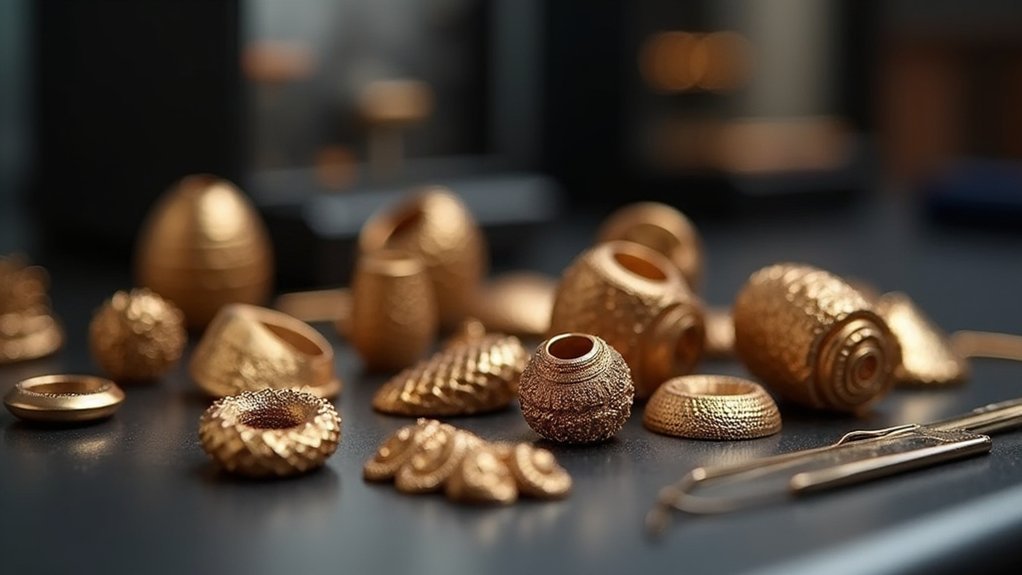
When you’re selecting bronze alloys for 3D printing jewelry, you’ll need to understand that these materials typically contain 88% to 95.5% copper combined with tin and other elements like phosphorus or zinc that directly affect workability and durability.
Phosphor bronze offers exceptional toughness with its 95% copper content and tin-phosphorus blend, though it’s harder to work with.
Commercial bronze provides excellent casting properties with its 90% copper, 10% zinc composition, making it ideal for soldering intricate designs.
Silicon bronze delivers superior corrosion resistance and smooth finishes with 94-96% copper and 2.5-6% silicon.
You’ll also need to take into account melting points ranging from 893°C to 996°C to verify compatibility with your printing technology.
Evaluating Bronze Material Properties for Jewelry Durability
Bronze alloy compositions directly influence how well your 3D printed jewelry will withstand daily wear and environmental factors.
The bronze alloy you choose determines whether your 3D printed jewelry survives everyday use or fails under normal wear conditions.
When evaluating bronze alloys for jewelry printing, you’ll need to take into account specific material properties that determine long-term performance. The copper alloys C51000 and C54400 offer exceptional durability with their 88%-95.5% copper content, providing ideal wear resistance for everyday jewelry pieces.
Key properties to evaluate include:
- Corrosion resistance – High-tin bronzes with 11% tin content excel in harsh environments
- Fatigue resistance – Silicon bronze maintains structural integrity under repeated stress
- Wear resistance – Proper copper-tin ratios prevent surface degradation over time
Silicon bronze’s 94-96% copper composition delivers superior corrosion resistance while maintaining workability.
Avoid phosphor bronze for jewelry applications, as it’s typically too brittle despite its strength properties.
Selecting Compatible Bronze Types for Different Printing Technologies
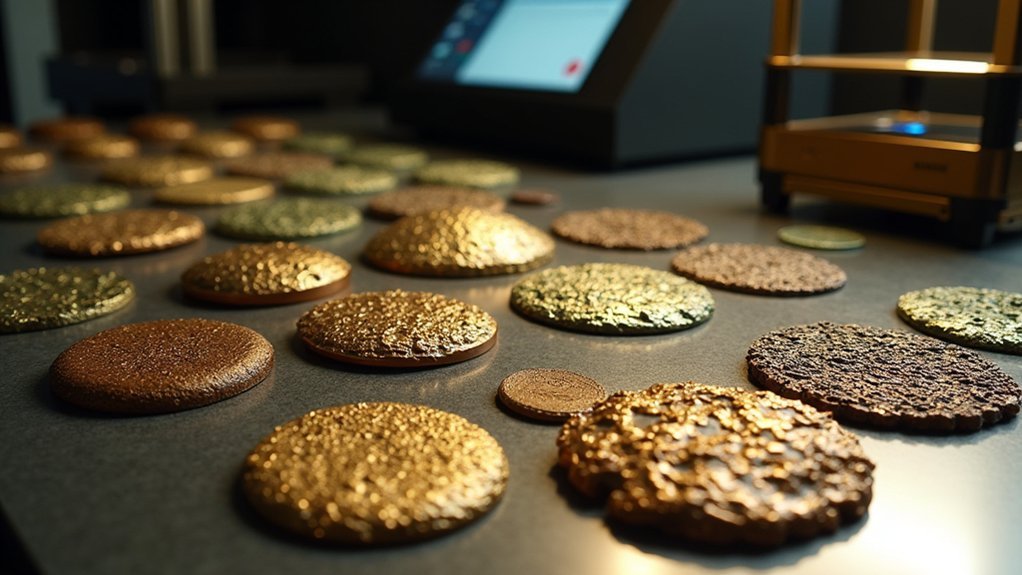
Different 3D printing technologies require specific bronze alloy characteristics to achieve ideal results in jewelry manufacturing.
When you’re using powder-based printing systems, Commercial Bronze works exceptionally well due to its 90% copper, 10% zinc composition that provides excellent workability and consistent flow properties.
For resin-based printers requiring post-processing casting jewelry techniques, Ancient Casting Grain delivers superior results with its favorable melting temperature and casting properties from its 90% copper, 10% tin blend.
Silicon Bronze proves ideal for detailed printing applications where you need smooth surface finishes, as its 2.5-6% silicon content enhances flow characteristics.
You should avoid Phosphor Bronze entirely since its hardness creates feeding issues and can damage printer components while producing brittle results unsuitable for wearable jewelry pieces.
Comparing Surface Finishes and Post-Processing Options
Once you’ve completed your bronze jewelry printing, you’ll face numerous surface finishes that dramatically impact both aesthetics and durability.
You can achieve diverse textures through brushed or corundum blasted finishes, each offering unique design expressions for your pieces.
Your polishing options include:
- High gloss finishes through traditional polishing methods
- Magnetic tumbler polishing for shinier surfaces with minimal manual labor
- Raw finishes for rustic appearances, though oxidation may occur
Consider applying protective coatings like PU to prevent scratches and oxidation while maintaining visual appeal.
Post-processing patinas such as Rokusho or Baldwin’s add striking color and depth to your bronze jewelry, though results vary depending on your specific alloy composition.
These techniques guarantee your finished pieces meet both aesthetic goals and longevity requirements.
Choosing Reputable Suppliers and Quality Standards for Bronze Materials
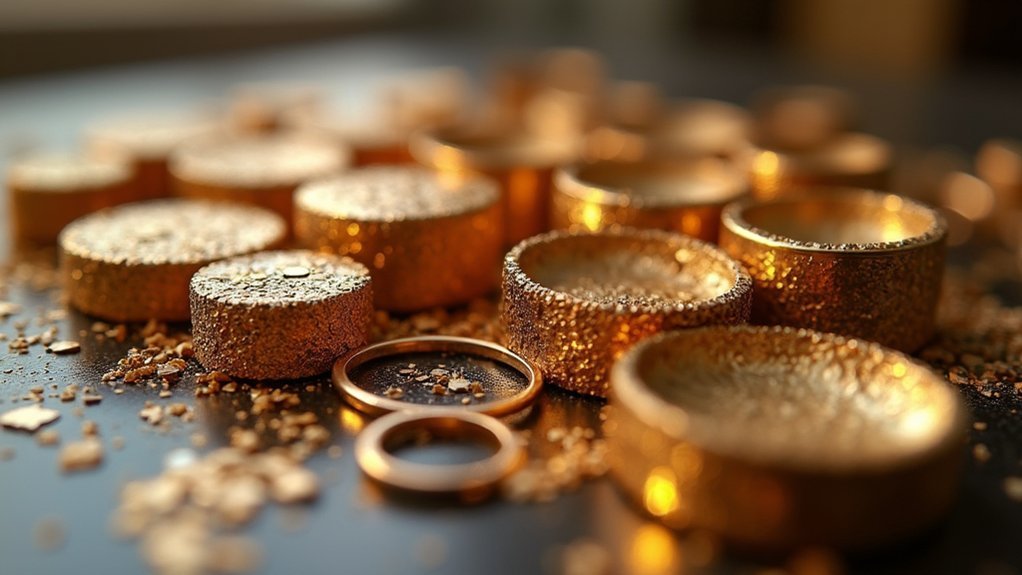
When sourcing bronze materials for jewelry printing, your supplier selection directly impacts both the quality of your finished pieces and your overall production success.
Prioritize established suppliers like Hoover and Strong, K&S Engineering, and Cooksons, who offer extensive ranges of different types of bronze alloys. Since bronze is an alloy of copper and other metals, verify the composition suits jewelry applications—look for C54400 or CDA 655 specifications.
Check for Copper Development Association certifications to guarantee industry compliance. Avoid lead-containing alloys found in some commercial brass and bronze variants, as they pose health risks.
Review customer testimonials and case studies to assess supplier reliability. When using bronze for jewelry, proper alloy selection from reputable sources guarantees superior workability and aesthetic results.
Frequently Asked Questions
What Is the Best Bronze for Jewelry?
You’ll want Commercial Bronze (C23000) with 90% copper and 10% zinc for jewelry. It’s workable, attractive, and safe. Silicon Bronze also works well for intricate designs due to its corrosion resistance.
What Is the Best Machinable Bronze?
You’ll find CDA 655 bronze offers the best machinability for jewelry work, providing excellent workability with a beautiful reddish tone. Silicon bronze’s also highly machinable, delivering smooth finishes and superior corrosion resistance.
What Is the Best Bronze Alloy for Casting?
You’ll want Ancient Casting Grain with 90% copper and 10% tin for jewelry casting. It provides excellent fluidity and captures fine details perfectly. C54400 phosphor bronze also works well for casting applications.
Are There Different Grades of Bronze?
Yes, you’ll find several bronze grades available. Commercial bronze contains 90% copper and 10% zinc, while phosphor bronze has 95% copper with tin and phosphorus. Silicon bronze offers excellent corrosion resistance.

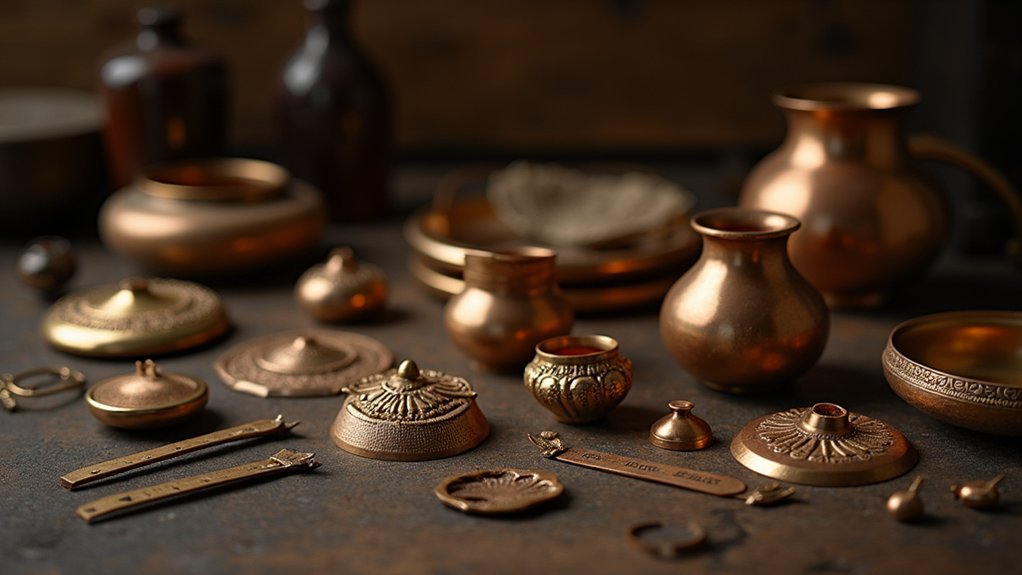
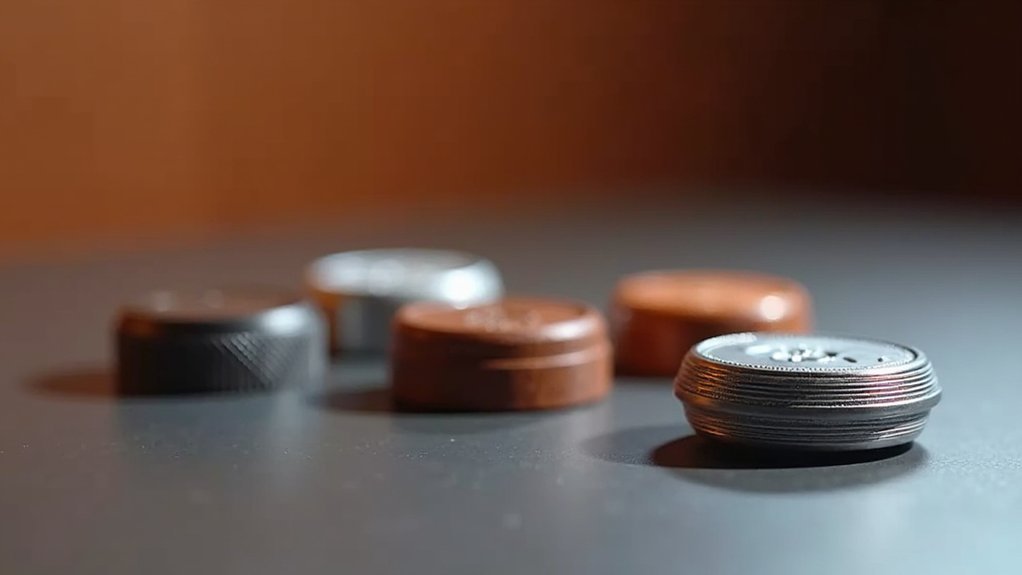
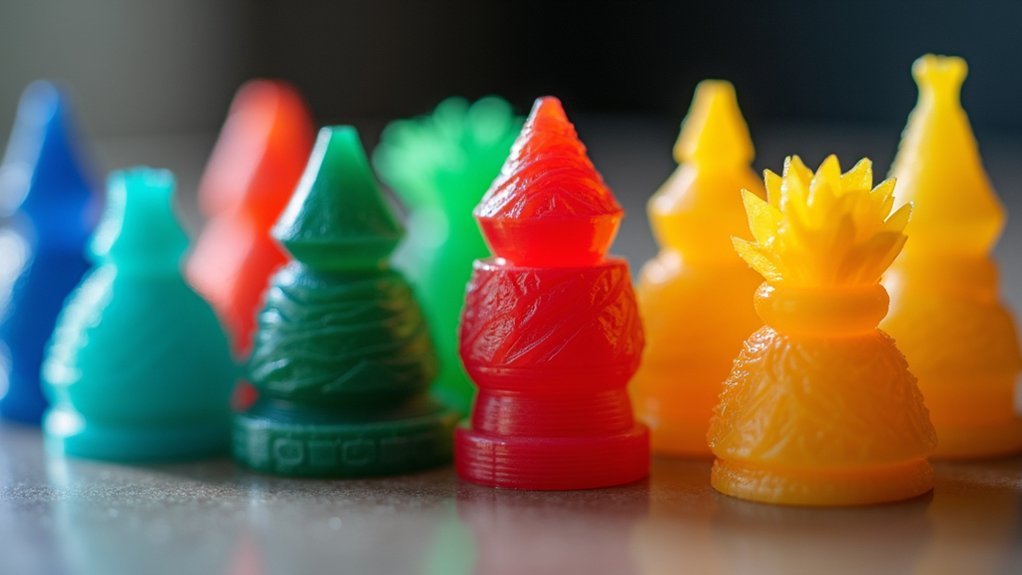
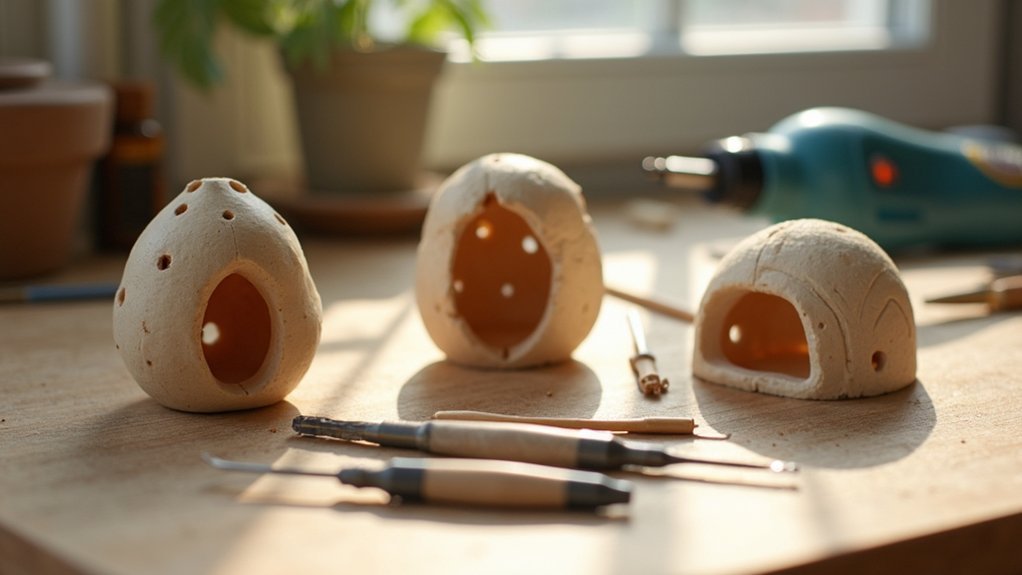
Leave a Reply